Clues from Mars' 'turbulent' past
After decades of research and exploration, humans have yet to discover solid evidence of extraterrestrial life, even if it is just bacteria (Photo: Getty).
Mars has long attracted special attention from scientists , as it is considered a "sister planet" to Earth thanks to many similar characteristics, including nearly equal day lengths, a tilted axis that creates seasons, and especially traces of an ancient river and lake system.
However, contrary to expectations, decades of research and exploration have yet to uncover solid evidence of life, even if it is just bacteria. So what caused a planet that once had liquid water to become the cold, arid desert it is today?
An initial answer may lie in a new discovery from NASA's Curiosity rover, which has detected the presence of carbonate rocks, a common type of rock on Earth that has the ability to absorb CO₂ from the atmosphere and store it underground.
This is one of the missing pieces in the process of reconstructing the climate history of Mars. On Earth, climate cycles are regulated by a balancing process.
Initially, CO₂ released from volcanoes warms the atmosphere, rainwater combines with CO₂ to form mild acids that erode rocks, forming carbonates, and eventually these minerals are buried in the Earth's crust. Volcanoes then continue to "recycle" CO₂ through eruptions.
In contrast, new climate models on Mars show much weaker volcanic activity, which would have made the recycling of greenhouse gases less intense. As CO₂ was “sucked” into carbonate rocks without being replenished, Mars gradually lost its heat-trapping atmosphere, leading to a decline in the natural greenhouse effect, causing water to freeze or evaporate.
As a result, the planet went from being a wet, potentially life-sustaining place to a cold, dry world that lasted hundreds of millions of years, and all living conditions were destroyed.
The discovery of carbonate rocks is not only evidence of ancient climate change on the Red Planet, but also suggests that atmospheric imbalance may have been the direct cause of life's failure to arise or be sustained.
The challenge of searching for traces of life on the Red Planet
The possibility of life existing underground on Mars has not been ruled out (Photo: NASA).
While Mars may have experienced periods of liquid water, research suggests these conditions were brief and sporadic, like small "oases" in the middle of a vast desert.
These “habitable moments” are not the rule, but rather the rare exception, said Dr. Edwin Kite, a planetary scientist at the University of Chicago who led the study.
Models show that these periods of water were followed by dry periods lasting up to 100 million years. This is too long and unfavorable a time period to sustain any form of sustainable life.
However, the possibility of life existing underground has not been ruled out, as it could hold liquid water. The discovery of signs of carbonate rocks at the mouth of an ancient lake by the Perseverance rover, which is exploring a dried-up delta, further strengthens the argument that transient living conditions once existed on Mars.
But to determine for sure whether life ever existed, scientists believe it is necessary to bring rock samples from Mars back to Earth for more detailed analysis. NASA and China’s Mars Sample Return missions are being rushed to prepare, promising to open a new scientific race in the next decade.
Source: https://dantri.com.vn/khoa-hoc/nasa-xac-dinh-nguyen-nhan-khien-su-song-tren-sao-hoa-chet-yeu-20250706115831218.htm


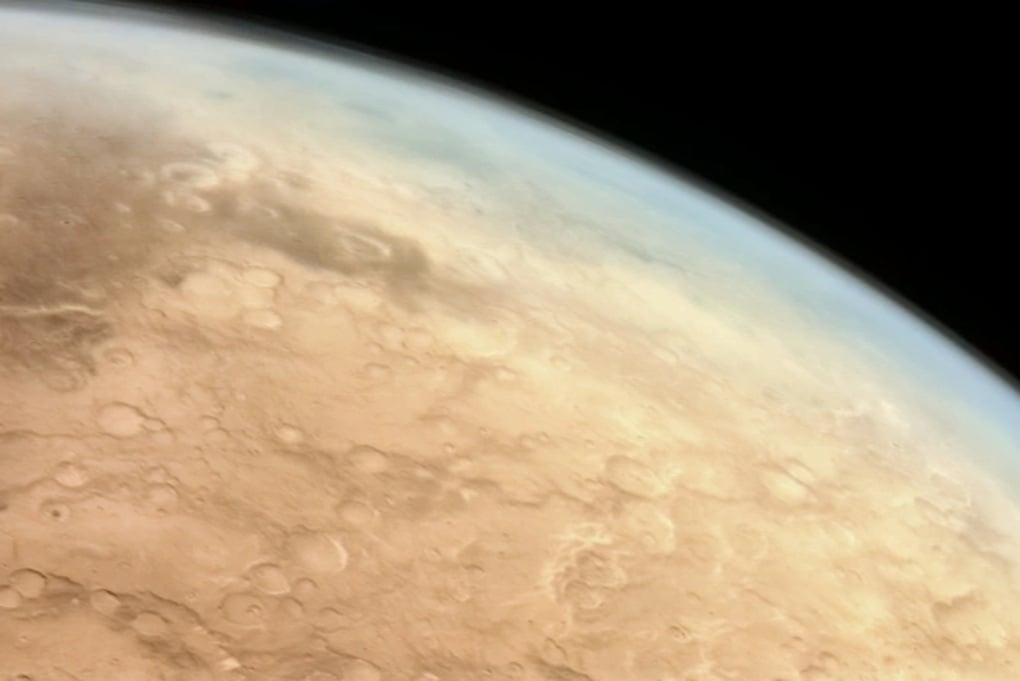
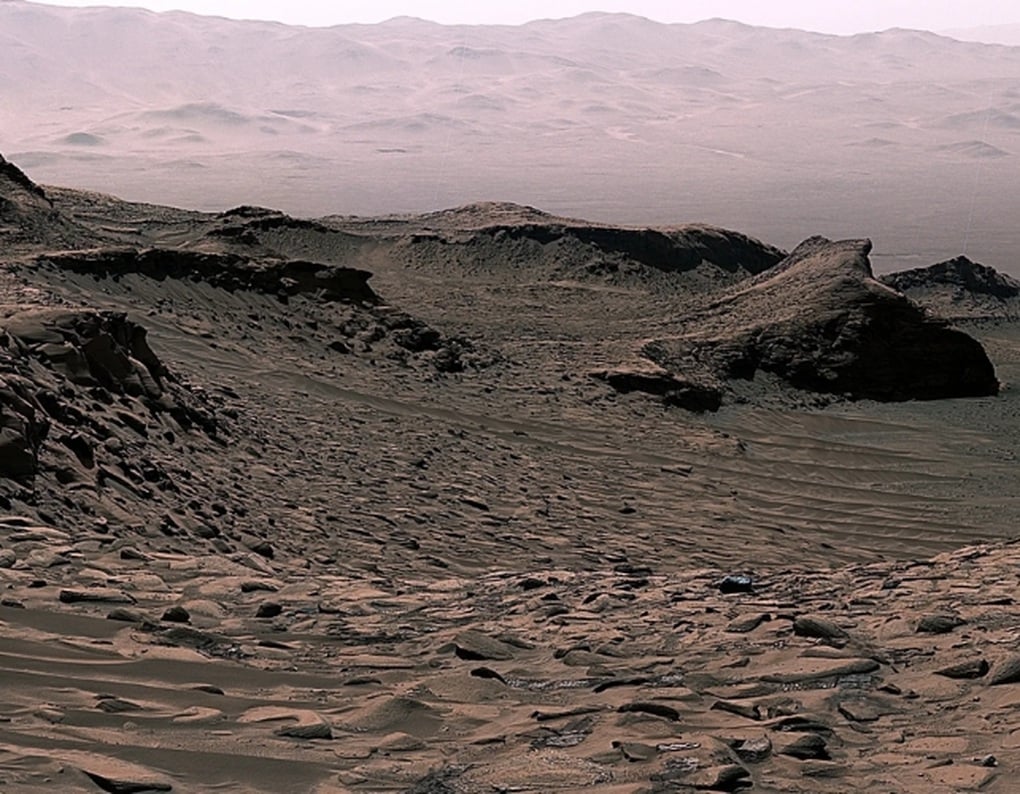



![[Photo] 60th Anniversary of the Founding of the Vietnam Association of Photographic Artists](/_next/image?url=https%3A%2F%2Fvphoto.vietnam.vn%2Fthumb%2F1200x675%2Fvietnam%2Fresource%2FIMAGE%2F2025%2F12%2F05%2F1764935864512_a1-bnd-0841-9740-jpg.webp&w=3840&q=75)
![[Photo] National Assembly Chairman Tran Thanh Man attends the VinFuture 2025 Award Ceremony](/_next/image?url=https%3A%2F%2Fvphoto.vietnam.vn%2Fthumb%2F1200x675%2Fvietnam%2Fresource%2FIMAGE%2F2025%2F12%2F05%2F1764951162416_2628509768338816493-6995-jpg.webp&w=3840&q=75)

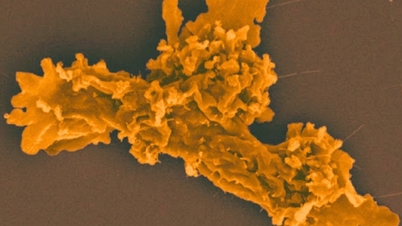

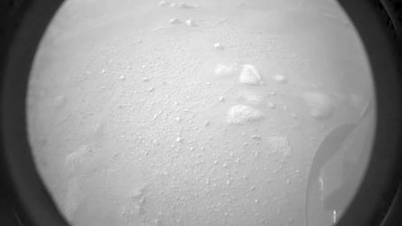

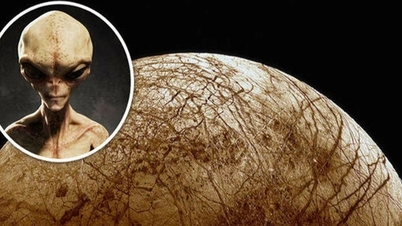











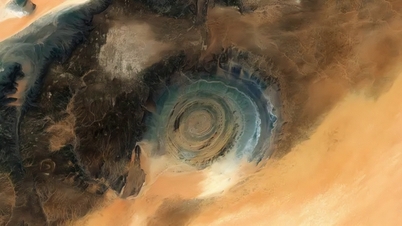














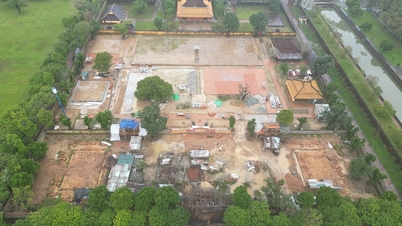






































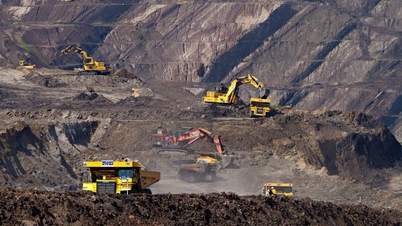















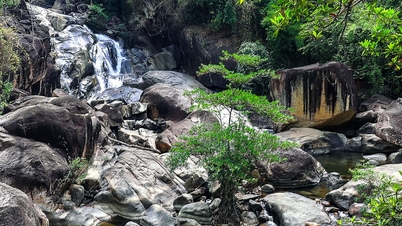
















Comment (0)